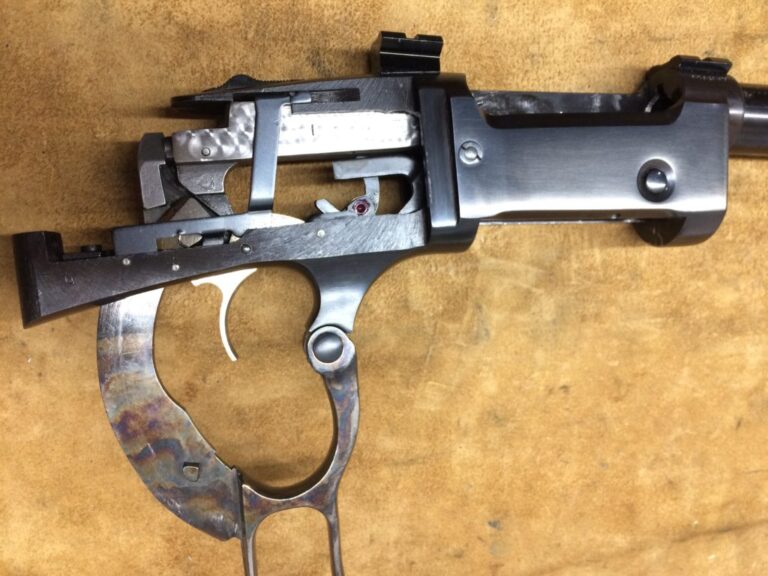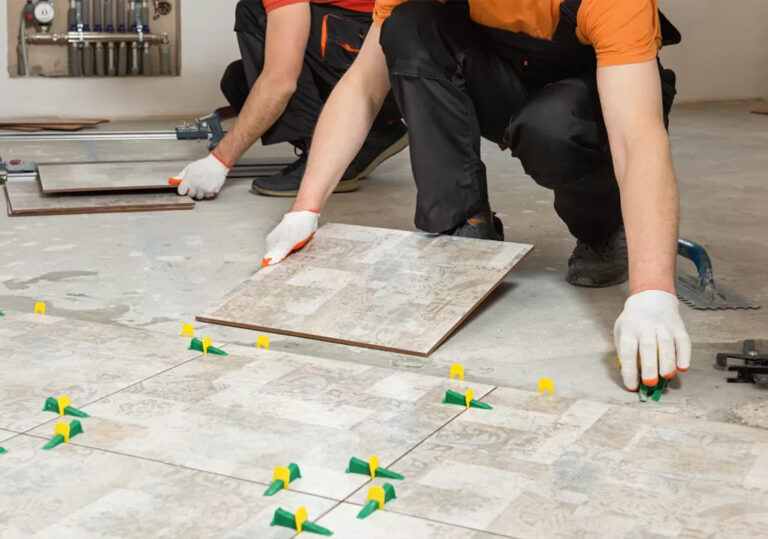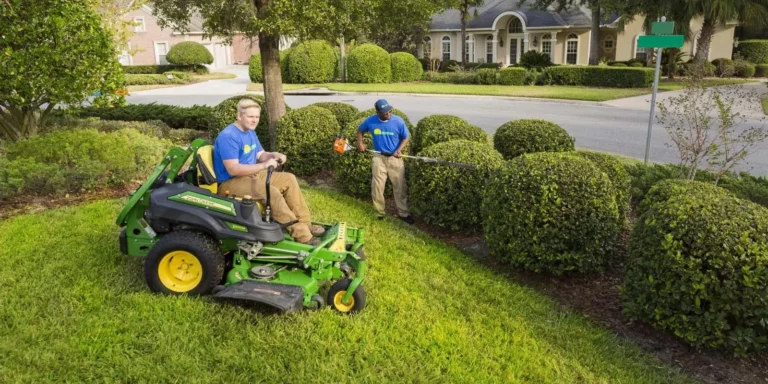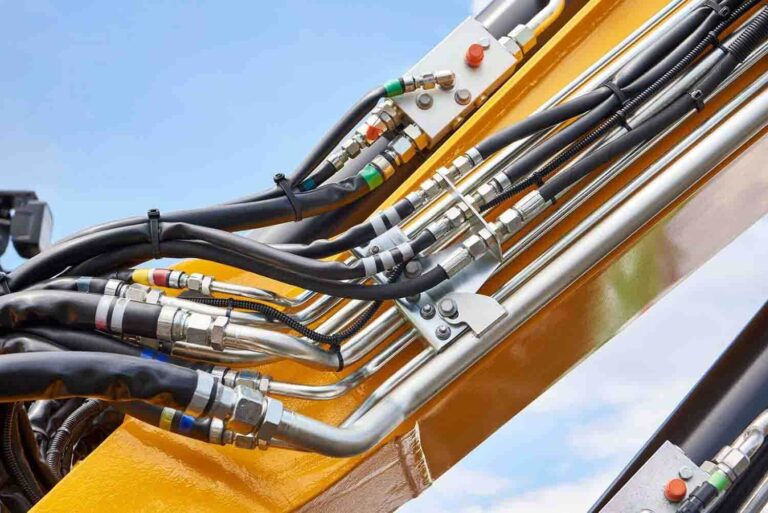Gunsmithing signifies centuries of workmanship where skill has progressed through continuous invention. Early artisans shaped metal pieces using basic tools with steady hands and precise techniques. These creators built reliable mechanisms that became the foundation of practical firearm advancement. The skill of a Gunsmith in Blakeford now relies on both human insight and advanced computation, showing how tradition merges with technology through careful adjustment and invention.
Early Beginnings
Earlier craftsmen created precise mechanisms with files, hammers, and wood tools that formed intricate designs. Their expertise shaped dependable working parts during a time when accuracy relied fully on human precision without advanced machinery.
Tools of Transformation
- Advanced measuring instruments ensure exact alignment required for safe operational performance during production.
- Computer-operated design platforms enable greater control over modeling and blueprint adaptation within production cycles and maintenance analysis.
Precision Tools Advancement
As improved measuring tools appeared, alignment accuracy expanded, leading to precise dimensions. Workers adapted to easier calibration techniques, establishing stronger fitting components that enhanced dependability, consistency, and reliable overall function under repeated use.
Modern Innovations

Emerging computer-guided mechanisms replaced manual adjustments. Automated systems execute consistent metal shaping with unmatched accuracy, producing identical structures through digital input, translating custom designs precisely into material frameworks efficiently.
CNC and Automation
Computerized technology brought significant transformation, making mass production possible without losing accuracy. Artisans now bridge traditional problem-solving with modern systems for faster reliable construction outcomes, achieving measurable advantages throughout all processes.
Future Prospects
- Integration of robotics can enhance adaptability, further offering faster setup responses.
- Knowledge transition between seasoned experts and learners promises skill protection vital for artistic and operational continuity across generations.
Craft Beyond Machines
Modern practices combine creativity with data-guided systems. The expertise of a Gunsmith in Blakeford continues to balance artistry with advanced infrastructure, retaining heritage within contemporary processes through persistent learning, adaptation, and efficient design coordination.
FAQs
Q1. What defines a modern gunsmith’s role?
A modern gunsmith blends craftsmanship with computational tools for precision manufacturing and dependable mechanical performance.
Q2. How does CNC help firearm production?
CNC systems improve speed through automated cutting paths, giving identical parts consistent strength and structure.
Q3. Why is manual skill still important?
Hands-on adjustment supports finishing accuracy, providing flexibility and unique customization where machines cannot substitute detailed precision.
Q4. How do learners develop gunsmithing skills?
Apprentices learn through experienced supervision, combining tool training, measurement comprehension mechanical structure understanding into practical innovation skills.







